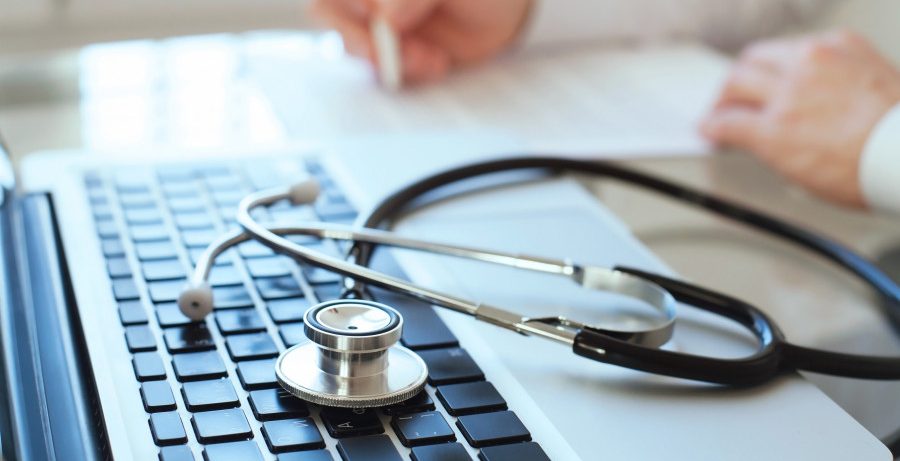The health IT industry is changing all aspects of medical care, whether you are a patient that spends all your time in doctor’s offices, or only see your physician once a year. Doctors can now electronically access and analyze medical records while remotely monitoring medical devices. Even consumer fitness devices like Fitbits are changing health in America.
Government and civilian health care providers that adopt new health IT advancements receive countless benefits, but there are also inherent risks and challenges to implementing the technologies.
On this month’s DorobekInsider Live, sponsored by Intersystems, Christopher Dorobek sat down with Catherine Andrews, Content Director at GovLoop, and Dr. Harry Greenspun, Chief Medical Officer and Managing Director at Health Solutions, to discuss the most recent trends in health IT particularly increases in cybersecurity and adoption of more health IT devices.
Andrews defined health IT as a $104 billion technology industry that broadly encompassed everything from step counters, to pacemakers, to electronic servers that allow doctors to share health records and prescriptions among practices. Health IT has been beneficial to doctors because it helps them learn detailed information about patients and provide better, personalized care. Health IT is also helping individuals manage their own health and health information more effectively.
Greenspun added that health IT is not just about technologies that help provide medical care, but IoT, wearable devices and robotics also expand the ways technologies can improve health. Greenspun uses his Fitbit to compete against friends on the number of steps he takes per day. By tracking small metrics like this, Americans are encouraged to be healthy. Home health monitoring devices and treatments such as blood pressure monitors are also cost effective ways for patients to avoid doctor’s offices and hospitals all together.
The added benefits though come with new risks and challenges, cybersecurity being the most prevalent. Hospitals, healthcare providers and patients need to be mindful of how they secure medical information and devices. Andrews noted that over 50 percent of Americans had their medical records hacked in 2015.
Although providers want to strike a balance between access and security, hackers and insider threats are constantly looking for ways to infiltrate and remove information. Andrews suggested that hospitals and providers find cybersecurity solutions by, “centralizing security protocols, increasing the use of encryption and recognizing points of entries where hackers access both data and devices.”
Greenspun agreed that hospitals and healthcare providers are starting to recognize their roles as data management firms, and they are beginning to seriously consider how to protect patients’ medical records and information from malware and ransomware. According to Greenspun, this data is even more valuable to hackers and criminals than credit card information because it is personally identifiable. Although you can change banks or PIN numbers, you can’t change your genes or medical history. Corrupting someone’s health information can cripple entire organizations and prevent patients from receiving the proper care they need.
Restricting what pieces of information are available to which practitioners is one way health IT companies maintain patient privacy and information security. The receptionist at a primary care doctor’s office does not need the same information as a surgeon, so the health IT industry is finding ways to restrict who is allowed to access and share certain pieces of information. This will help patients to control their own health and health data to protect their own privacy.
Lastly, Greenspun discussed where he saw the industry expanding in the future. Greenspun attended the Healthcare Information and Management Systems Society (HIMSS) conference in Tampa, Florida, where health IT professionals from across the country gathered to talk about health IT. His main takeaway was that there is a lot of uncertainty within the industry right now. The field is changing rapidly, and health IT professionals will have to deal with new regulations regarding cybersecurity, privacy, robotics, accuracy of consumer fitness devices and the Affordable Care Act replacement. This will require government hospitals and health professionals to be ready to implement changes as quickly as possible.
Despite the challenges and uncertainty that are ahead, the health IT industry is growing and finding new ways to deliver efficient and effective care to patients. Government hospitals and medical professionals will have a particularly hard time keeping up with the changes due to resources, but by focusing on data and device cybersecurity, doctors can ensure that their patients reap the benefits of health IT, without risking the security of patient information.






Leave a Reply
You must be logged in to post a comment.